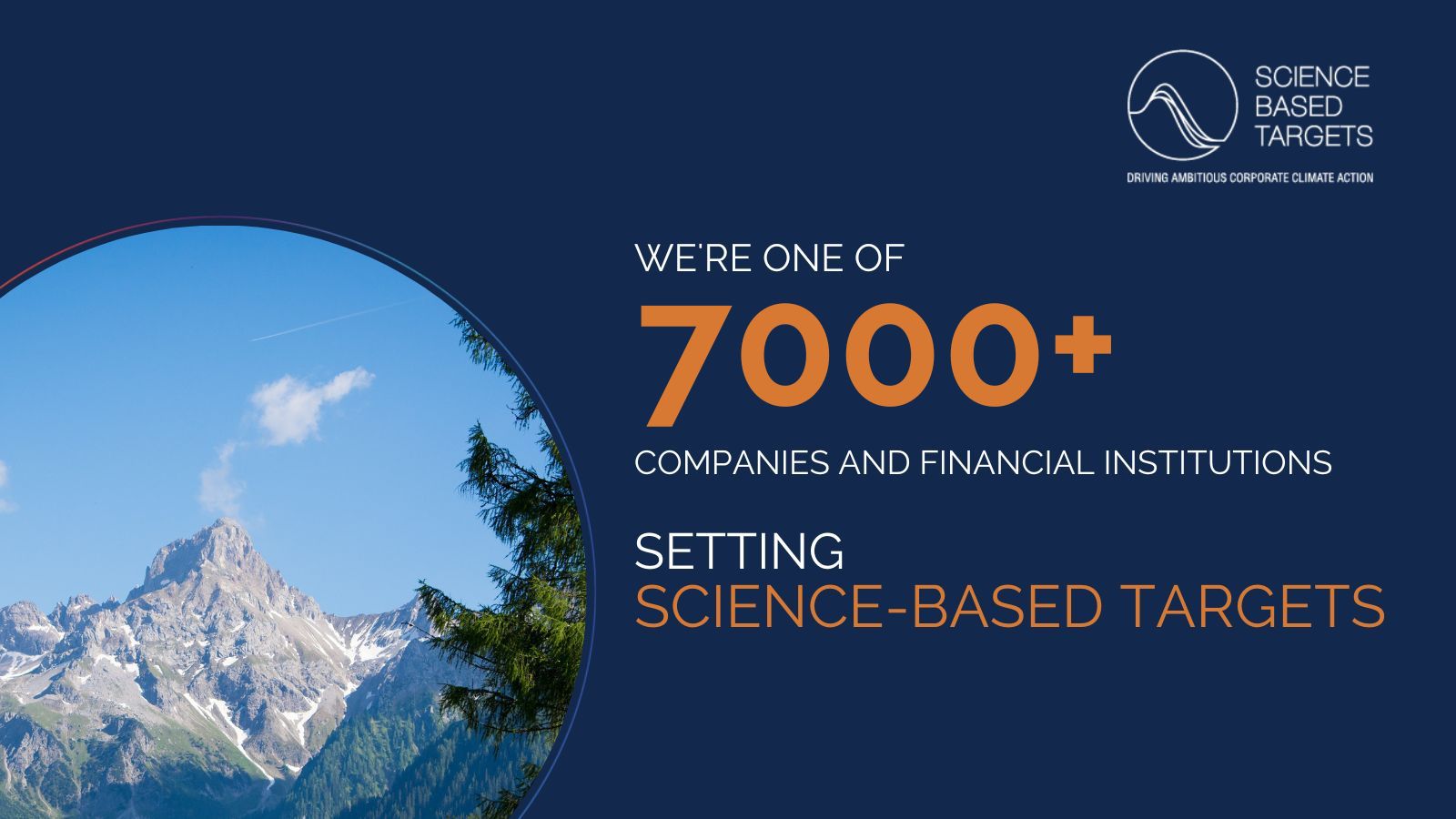
AI in banking: Moving past the experimental phase
It’s been just over a month since the FT Live Global Banking Summit took place with a packed agenda exploring themes of technological innovation, sustainability, and future skills.
We joined the Summit and came away with a range of fascinating insights, particularly around how leading banks are leveraging AI and how organisations can drive impactful transformations for positive results that benefit the bottom line.
In a relatively short timeframe, the world has seen an exponential rise in AI technologies and adoption among businesses. Over the past couple of years, every sector has been saturated with discussions and debates around the application of AI, and how it can be used to streamline operations, free up human resource for more strategic tasks, and improve the customer experience – to name just a few.
While the same goes for the banking sector, several question marks undoubtedly remain over the technology, and how it can be deployed and balanced effectively with the core principles of compliance, confidentiality, security and ethics.
AI: an underutilised innovation in the banking armoury
Across the banking sector, we’ve seen many players take experimental and tentative steps into AI, using it to streamline customer communications with the introduction of a chatbot, for example, or generating marketing materials, or even putting it to use in fraud and anomaly detection. Taking on small, low-risk projects has allowed them to experiment with AI and achieve incremental improvements. Yet, these thinly-spread and often sporadic efforts fail to generate impactful, lasting, organisation-wide change.
Now is the time for banks to move beyond experimentation and create considered, integrated AI strategies for the long term. This is especially pertinent as traditional banks are seeing increasing competition from firms on the periphery like payment solutions providers, fintechs and private credit firms. These agile, disruptive players are capitalising on AI and pursuing new innovations to set themselves apart, while traditional banks risk lagging behind.
Against a backdrop of mixed performance in labour productivity and high technology spending, banks need to prioritise cost-cutting and efficiencies. This means ensuring that their AI spend is being optimised, with investment in skills and a strategic approach that will drive widespread impact and long-term value.
Realising AI’s potential in banking
According to McKinsey, while AI adoption has increased significantly across organisations and industries, the breadth of adoption - how far it has been deployed across multiple enterprise functions - remains low. If organisations want to create a meaningful impact with AI, and see tangible returns on their investments, they must get past the experimental phase. Rather than pursuing disparate projects across the organisation, AI strategy must instead be aligned with the business’ core strategic priorities.
A powerful example of an organisation harnessing the potential of AI is Lloyds Banking Group. During the FT Banking Summit, we heard from Rohit Dhawan: the bank’s first Director of AI, who is tasked with scaling AI capabilities across the organisation’s operations and leading the new AI Centre of Excellence. This appointment, announced in August 2024, is part of Lloyds's broader strategy to accelerate the use of digital technologies and data to enhance the overall customer experience.
According to the bank's second-quarter earnings report, Lloyds aimed to save $901 million in 2024 through the deployment of AI and other technologies. The London-based bank, with assets totalling $1.1 trillion, has identified nearly 800 AI use cases that it plans to implement in the coming quarters.
McKinsey further details how the banks leading the way are those using AI to fundamentally transform how their key business domains and subdomains operate. For example, under the HR domain sits recruiting and staffing; training and skills development; employee satisfaction and wellbeing; and employee development for key role fulfilment. Each area should be broken down into bitesize modules, and redefined end-to-end using a combination of generative AI, analytical AI and digital tools. This ‘full stack’ approach is required to automate complex banking workflows and process both structured and unstructured data.
Yet, with every bank made up of a plethora of domains and subdomains, it can be difficult to know which areas to tackle first. McKinsey suggests ranking each of these by overall business impact and technical feasibility, while also considering how well-aligned it is with the bank’s strategic objectives; which could be repurposed for other domain and subdomain transformations; whether the value can be quantified; and how well-equipped end users are to adopt the solution – whether that be the bank’s clients or its employees.
When assessing technical feasibility, banks should also consider the quality and quantity of available data; the compliant processing of sensitive data; and whether any remaining legacy infrastructure in the business will hinder efforts.
Building the capability to drive AI transformations
While the model for driving organisation-wide, impactful AI transformations is important, without the right skills and training, the projects are still likely to fail.
Building the right capability within your organisation, and outsourcing the expertise you need to plug any remaining gaps, is crucial to the success of these projects.
Concerningly, our research found that 38% of C-suite professionals at FTSE 350 businesses believe their organisation doesn’t have enough skilled AI professionals, despite identifying the technology as the most critical challenge businesses will need to adopt in the coming years.
To tackle this challenge at Grayce, we introduced our AI Lab with the goal of upskilling our entire workforce in the fundamental AI principles. Our training series covers everything from how to write effective prompts to deepen understanding of ethics and bias in AI and ensures all our Analysts have the confidence and ability to find opportunities to generate efficiencies. This initiative is crucial in helping us remain at the forefront of the competitive landscape and support our partner organisations with their change and transformation programmes.
Hear from Grayce Analyst Ben, a Project Manager at a leading FTSE 100 company, as he discusses the Grayce Development Programme. Ben's role is instrumental in supporting his client in advancing AI adoption, through collaborating with AI working groups, designing and delivering comprehensive AI training, authoring pivotal reports presented at the board level, and even crafting the company's first AI security policy.
While banks are already contending with competing priorities and changing industry headwinds, it’s clear that they cannot afford to ignore the power and capabilities of AI, and simply experimenting with a few tools and ideas is no longer enough. A considered, integrated, organisation-wide strategy, underpinned by advanced AI skills and expertise, will be crucial in driving successful transformations. Those with the right talent and strategy are the ones that will flourish over the next few years, rapidly overtaking those without clear direction.
To learn more about our research, and how we support global-leading organisations with their change and transformation programmes, check out our AI report.




